Super Earth
NASA Discovers Super-Earth Planet in Habitable Zone 137 Light Years Away
Some Sub-Neptune Planets Shrink Down to Super-Earth [Study]
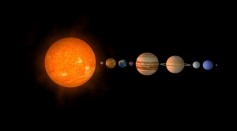
How Fragile Is the Solar System? It May Take One Planet To Wipe Out Life on Earth

Super Earth Mystery: Where Are They From? New Rocky Planet Formation Theory Sheds Light on Their Origins
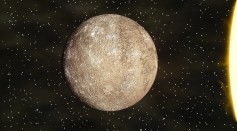
Astronomers Detect Star System With Two Super-Mercuries and Three Super-Earths; How Rare Are These Planets?
Could Humans Live on the Recently Discovered Super-Earth SPECULOOS-2c Planet?
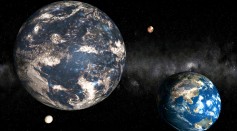
Super-Earth Ross 508b Orbiting in the Habitable Zone of a Red Dwarf Might Possess Some Signs of Life

Exoplanet Planetary Habitability: Distant Super-Earth Has Hydrogen-Rich Atmosphere and May Host Extraterrestrial Life
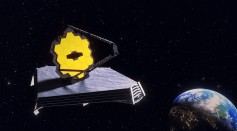
James Webb Space Telescope Mission: Find 'Super Earth' Exoplanets, Hot Rocky Planets That May Host Life

Rings Surrounding Saturn Prevents Earth from Growing, New Study of Solar System Shows

Experts Detect New Super-Earth; Can You Guess How Many Days It Takes to Complete a Year?
NASA TESS Detected Exoplanet Gliese 486b Nearby With Features Similar to Earth

'Super-Earth' Orbiting One of Milky Way's Oldest Stars, Observed
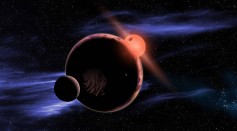
Two Earth-Like Planets Were Found Within the Habitable Zone
Most Popular

How Technology Is Changing the Real Estate Industry?

Study Reveals High Turnover in Scientific Research Careers: What This Means for Future Scientists

How a Plant-Based Diet Can Protect Against Breast Cancer: Insights from Nutrition Research

Why It's So Difficult to Lose Weight: The Biological Explanation Behind Obesity





